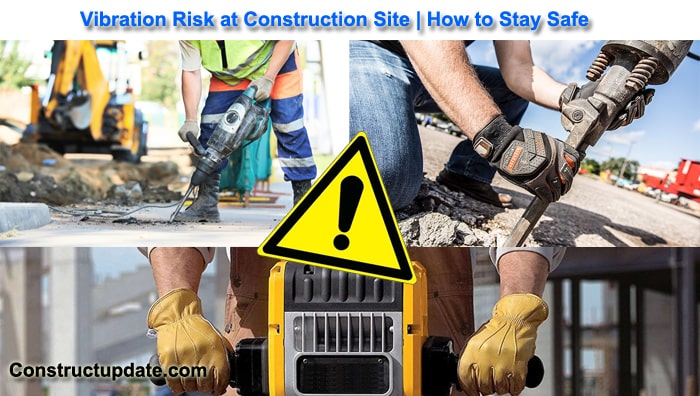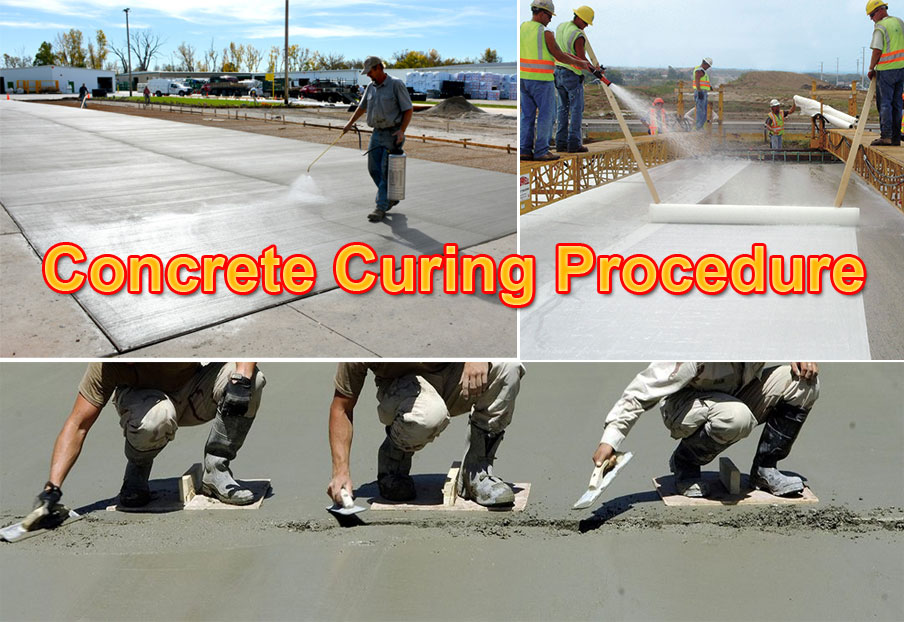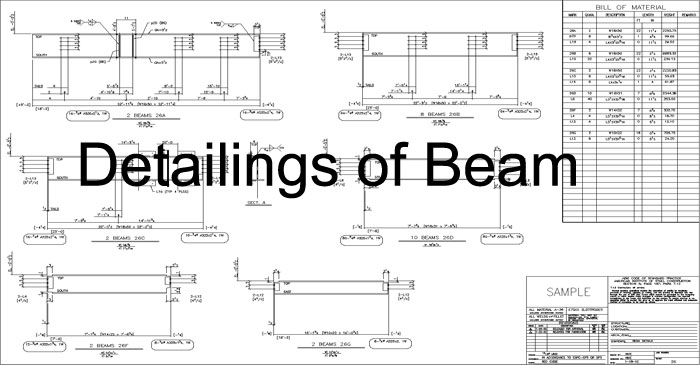Vibration Risk at Construction Site | How to Reduce Vibration Risk Exposure
Vibration is a common hazard for workers in the construction industry. Vibration not only reduces their performance but also harms their health.
Legislators and industrial manufacturers have worked together to reduce the risks. Vibration caused by the use of tools and machinery might be a result of the machines’ operating principles. It might also be brought on by external factors.
Hand-arm vibration:
Hand-arm vibration is conveyed into the hands and arms on hand-held or manually guided machines through the handles or surface of the workpiece, via the palms and fingers, and into the hands and arms. Demolition hammers, drills, hammer drills, angle grinders, chain saws, and hand-held circular saws are examples of machines that can induce hand-arm vibration.
The potential health effects of Hand-arm vibration:
Employees who are subjected to this type of vibration on a daily basis may develop hand-arm vibration syndrome, which causes neurological and motor abnormalities in the hands and fingers, as well as circulatory disorders in the fingers and musculoskeletal system disorders.
White finger, which is caused by poor circulation, is a symptom of vascular problems. This behavior is more common during the winter months.
Vibration may affect simply the fingertips or the full fingers, depending on the time and intensity of the exposure.
Tingling and numbness in the fingertips are symptoms of neurological diseases, which get more severe as exposure increases. Wrist tendinitis and tenosynovitis are two musculoskeletal problems linked to hand-arm vibration.

Whole-body vibration:
Machines or vehicles that send a vibration through the operator’s feet, buttocks, and back into his or her body generate whole-body vibration. Excavators, wheel loaders, caterpillars, graders, scrapers, site dumpers, articulated dump trucks, wheeled (motor) scrapers, and fork-lift trucks are some of the machines that can be employed in uneven terrain.
The potential health effects of whole-body vibration:
Employees who are exposed to whole-body vibration on a regular basis may experience lower back pain, as well as sensory or finemotor co-ordination problems. When using a vibrating machine, factors such as twisting the body in limited seated positions or exposing the spine to shocks or impact loads exert additional pressure on the spine.
How Can You Lower Your Employees’ Vibration Exposure?
High-quality tools are usually built to resist the demands of their operators. The tool bodies are normally quite stiff to suit this need. When this rigidity is combined with moving internal mechanics, vibration can be transmitted from the tool to the operator.
Tool Vibration Factors
A worker’s potential exposure to vibration might be increased by a number of circumstances. The following are a few considerations to consider, as well as strategies to mitigate or lessen the dangers they entail:
Tool maintenance and use—Tools that are not used and maintained according to the manufacturer’s recommendations will wear out faster or break, causing more vibration. Overly worn or loose elements inside the tools may begin to rattle, generating greater vibration while in operation.
Old power tools—In the construction business, vibration-reduction technology is a relatively recent concept and tool feature. There are still tools in use that don’t take this into consideration. Vibration-dampening devices were not available on older tools. Older tools may potentially contain worn or loose parts due to age and unclear maintenance history.
Power tool design and selection—Even new tools, if not built for vibration reduction, might expose employees to excessive vibration. Vibration research has mostly concentrated on crucial topics such as vibration-reduction technology and ergonomic hand-positioning design.
Reduction of Active Vibration
Hilti has attempted to reduce power tool vibration using active vibration reduction (AVR) solutions through research and development. When compared to traditional tools, this technology minimises vibration by up to two-thirds, allowing items and tools to last longer.
The AVR system reduces vibration in the operator rather than the tool itself, and it accomplishes so in a variety of methods, including:
A suspension system isolates the motor from the external housing, absorbing vibration that would otherwise be transmitted to the user.
Counterweights oscillate to reduce vibration that reaches the operator’s hands by counteracting vibration in tools.
The tool’s vibrating part is separated from the user by decoupled handles, which also have a built-in vibration absorber.
Position Matters while Vibration:
It is critical that a tool’s ergonomic design includes adequate grip comfort and pressure, an optimal angle of the main handles, and a short distance between the main and support handles, if necessary. As a result, studies on power tool ergonomics have concentrated on hand and body placement.





